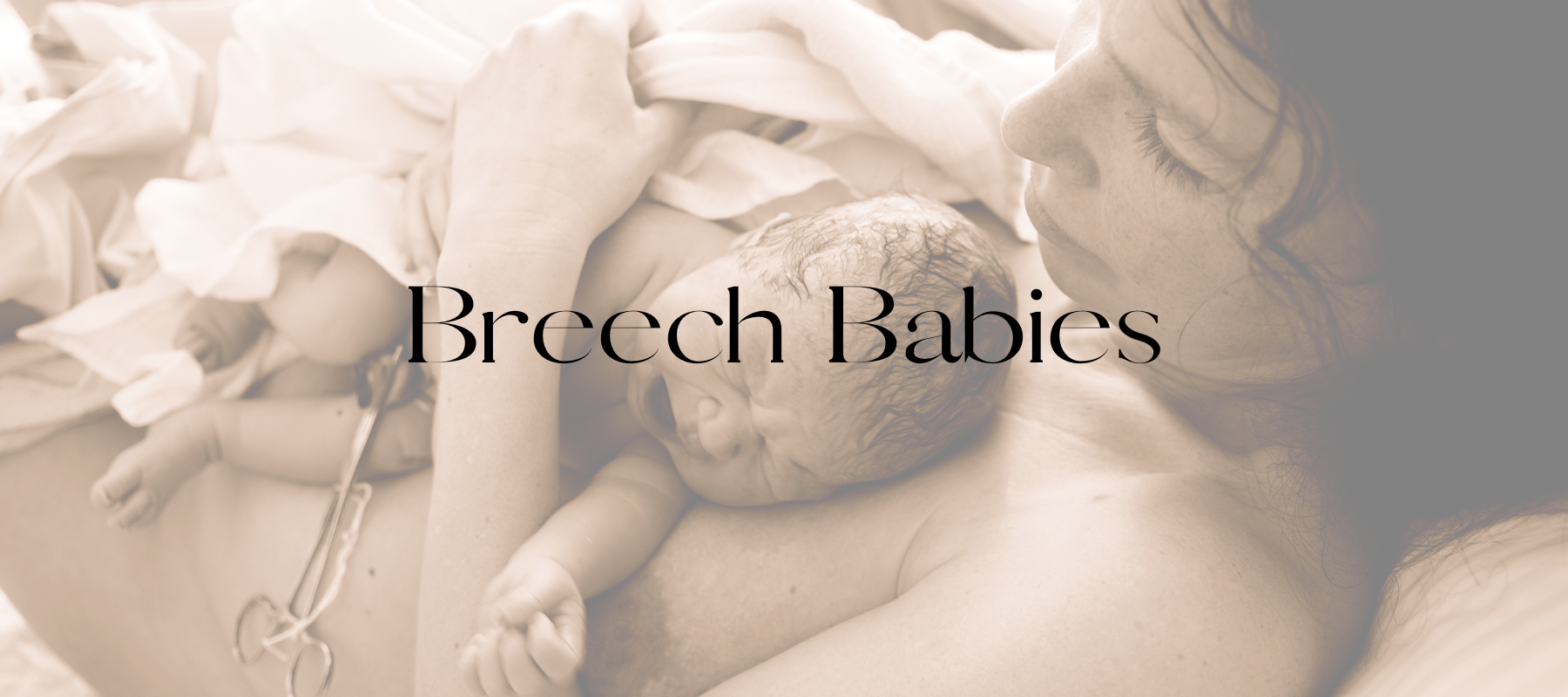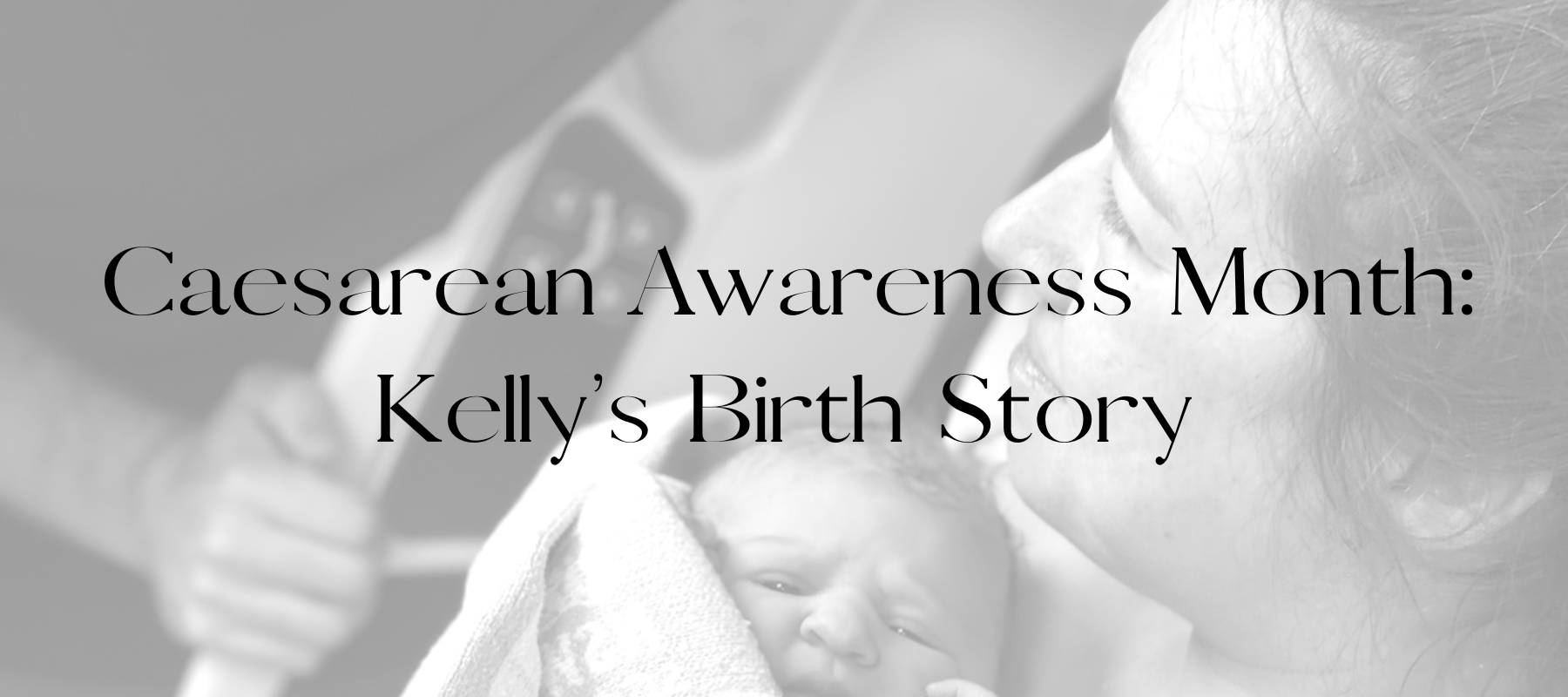In the first year of your baby’s life, their sleep pattern will evolve dramatically. This process is driven by many biological, environmental and behavioural variables. The influence of parental choices and involvement certainly also play a crucial role in the development of healthy infant sleep patterns.
But how do you know when your baby is crying for hunger, or comfort? At what point do you need to start considering behaviour as a factor too?
Sleep cycles of healthy babies
0-3months
Newborns don’t usually have a sleep ‘routine’ but more, sleep cycles. They usually sleep on and off during both day and night, for approximately 14-17 hours in 24. The have 2 main types of sleep, active and deep sleep.
During active sleep, newborns will often make small noises, move around, make sucking noises and wake easily. When they are in a deep sleep, they lay still with deep and regular breathing.
The rationale for why newborns don’t have a routine yet is of physiological nature – the hormone ‘prolactin’ is at its highest in mother’s overnight in the first 4-6 weeks after birth. This means, breastfeeding babies need to be awake and demanding from the breast to help regulate milk production and supply.
As the milk supply establishes and hormone levels begin to regulate as appropriate – babies begin to settle for longer periods overnight.
3-6months
By the time your baby is 3 months old, they should start waking less overnight and start compensating for this by eating more and being more alert during the day. It is a time period involving many developmental milestones, these can be tiring!
They should be sleeping between 12-15hours in a 24hour period.
They will usually require 2-3 daytime sleeps of 1-2hours, sleep overnight for longer stretches (4-5 hours) so consequently still may wake up 1-2 times overnight.
6-12months
By this age, your baby is usually ready for sleep between 6-10pm. They may take 30-40mins to fall asleep and should be able to sleep 6+ hours consecutively overnight.
They should still be having daytime sleeps of 30mins to 2 hours.
However, more then one third of parents say they have difficulty encouraging sleep at this age. Almost two thirds of parents have to implement settling techniques to help assist their baby to return back to sleep at this age.
The ‘cry it out’ method?
A common method often encouraged in sleep training is the extinction method or more commonly known as the ‘cry it out’ method. This may happen in in graduated steps (i.e scheduled visits to reassure the crying baby) or the unmodified extinction method by letting the baby cry until they self soothe to sleep.
A lot of parents are hesitant to introduce this method for fear that it will negatively impact the parent/child relationship or cause ongoing psychological trauma to their child. However, studies to date have not shown conclusive evidence to suggest there are any negative effects to the infant or the parent/infant relationship long term.
Whatever the choice of method when sleep training, it is important to note some level of parental presence withdrawal is usually needed and consequent infant protest and adjustment.
The early intervention/introduction of structed bedtime routines are also important and are often easier than trying to sleep train an older child.
Here are some ways to help your little one settle:
- Make sure the room is dark and non-stimulating
- Swaddle young babies, unwrap older babies (so they can use their hands/thumbs to self soothe!)
- White noise/background noise
- A hungry baby won’t settle/sleep well, especially young babies, so make sure their tummy is full!
- The ‘wind-down’ try implementing a bedtime routine (cuddles, bath, feed, cuddle, story-time, rocking and music)
- Less than 4 months old - try adjusting sleep schedule by encouraging wake times and then settling baby until fully asleep if needed
- 4 months or older - start encouraging self-soothing/settling techniques where possible
- Have realistic expectations
- Babies are capable of sleeping for several hours at a time, even from early on
- Learn your baby’s cues, hunger, tired, needing love and attention.
- Seek support from family and friends
Cover image: @with.love.chrissy
Written by Keryn Thompson RM & IBCLC (L-301766)
References
Bartick, M. and Smith, L., 2014. Speaking Out on Safe Sleep: Evidence-Based Infant Sleep Recommendations. Breastfeeding Medicine, 9(9), pp.417-422.
Brown, A. and Arnott, B., 2014. Breastfeeding Duration and Early Parenting Behaviour: The Importance of an Infant-Led, Responsive Style. PLoS ONE, 9(2), p.e83893.
Douglas, P. and Hiscock, H., 2010. The unsettled baby: crying out for an integrated, multidisciplinary primary care approach. Medical Journal of Australia, 193(9), pp.533-536.
Hanke, S. and Moon, R., 2020. Advocating for Safe Sleep. Infant Safe Sleep, pp.245-255.
Hiscock, H., Cook, F., Bayer, J., Le, H., Mensah, F., Cann, W., Symon, B. and St James-Roberts, I., 2014. Preventing Early Infant Sleep and Crying Problems and Postnatal Depression: A Randomized Trial. Pediatrics, 133(2), pp.e346-e354.
Loutzenhiser, L., Ahlquist, A. and Hoffman, J., 2011. Infant and maternal factors associated with maternal perceptions of infant sleep problems. Journal of Reproductive and Infant Psychology, 29(5), pp.460-471.
Matricciani, L., Olds, T., Blunden, S., Rigney, G. and Williams, M., 2012. Never Enough Sleep: A Brief History of Sleep Recommendations for Children. PEDIATRICS, 129(3), pp.548-556.
Ouanes, A. and Rejeb, L., 2016. A Hybrid Approach for Sleep Stages Classification. Proceedings of the Genetic and Evolutionary Computation Conference 2016,.
Rouzafzoon, M., Farnam, F. and Khakbazan, Z., 2021. The effects of infant behavioural sleep interventions on maternal sleep and mood, and infant sleep: A randomised controlled trial. Journal of Sleep Research, 30(5).
Schmid, G., Schreier, A., Meyer, R. and Wolke, D., 2011. Predictors of crying, feeding and sleeping problems: a prospective study. Child: Care, Health and Development, 37(4), pp.493-502.
Steinhorn, R., 2020. Breastfeeding, Baby-Friendly, and Safety: Getting the Balance Right. The Journal of Pediatrics, 218, pp.7-8.



